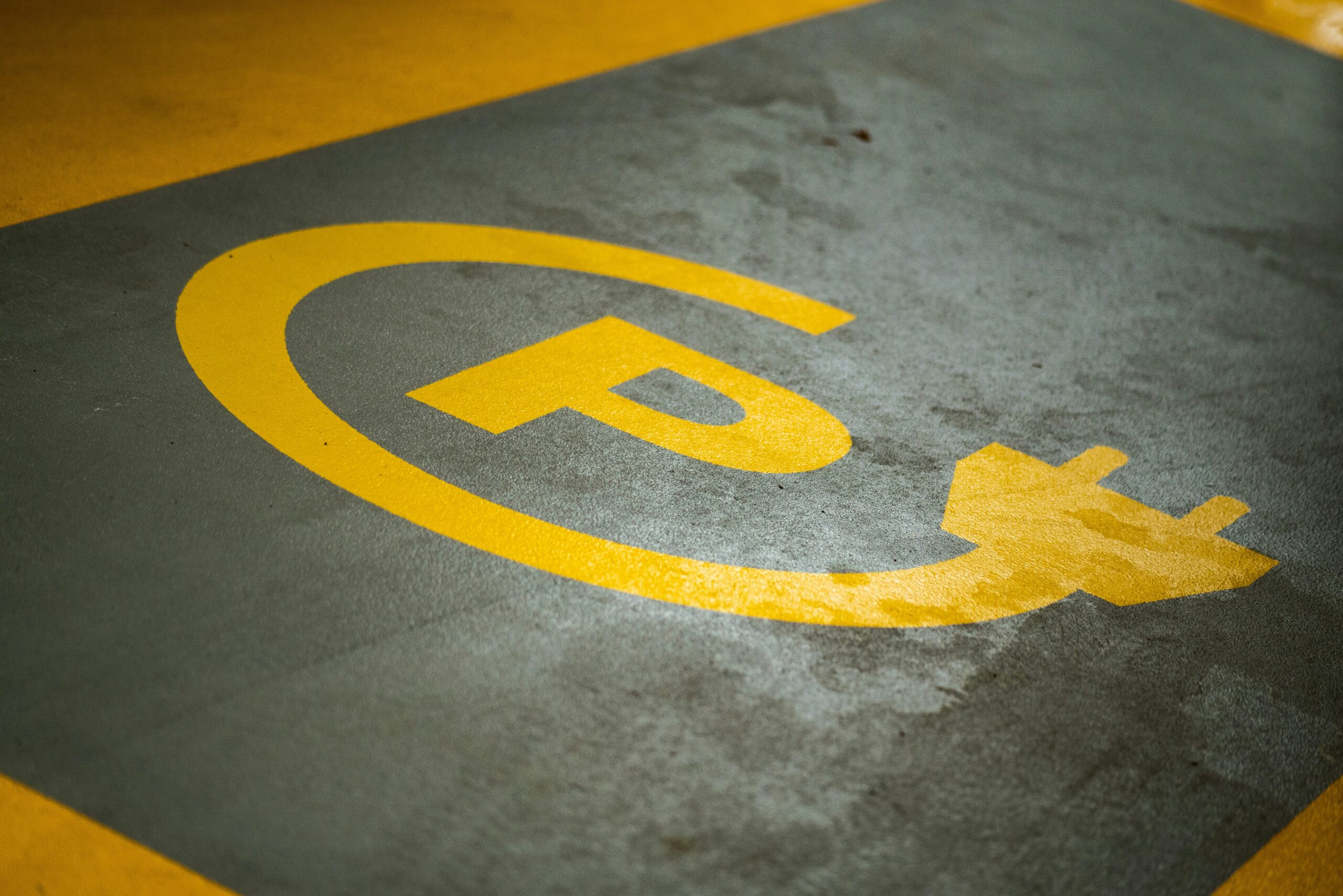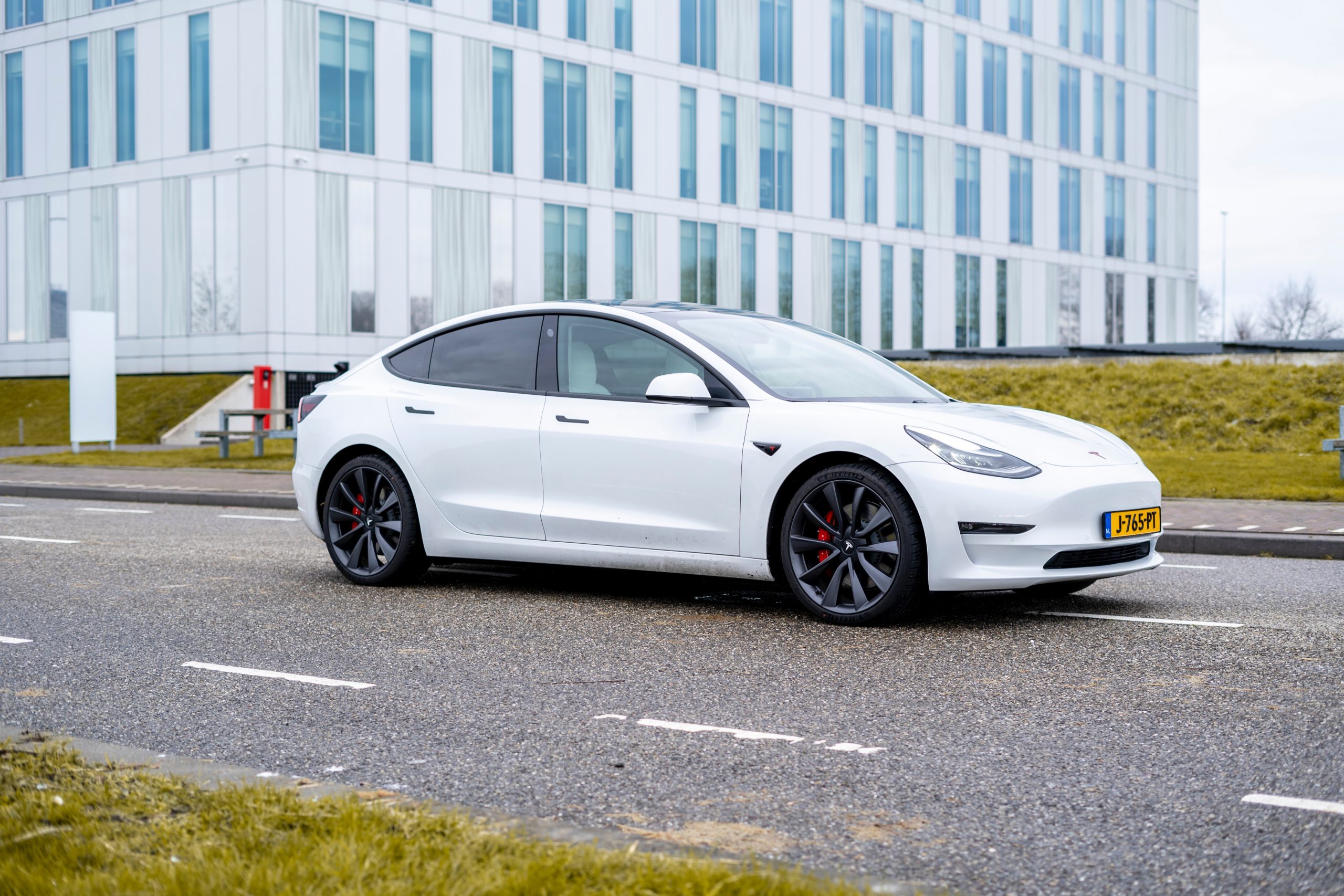by John DeMaio, CEO of Graphex Technologies
Currently, China commands a significant position in the production of electric vehicles (EV) with a substantial 56% share of the EV battery market. The U.S. is attempting to challenge this leadership position by domesticating the EV supply chain.
Over the past year, a slew of federal and state legislation emerged to ensure the prioritization of EV battery production. Such legislation includes the Inflation Reduction Act, the Bipartisan Infrastructure Law, and the Title III Program of the Defense Production Act. Provisions within these initiatives contain significant incentives, such as a $7,500 tax credit for consumers in order to stimulate EV demand upward to automakers.
However, these incentives include stipulations on where the vehicle and its battery components and minerals must be assembled. To be eligible for credits and subsidies, a vehicle must be assembled – and a proportion of its battery components must be manufactured – in North America. Vehicle battery minerals face similar, if slightly broader, parameters. They must be sourced from countries with which the US has a free-trade agreement. Together, these caveats further an important pillar of the legislation’s goals: to “nearshore” the EV supply chain.
Promoting a stable, domestic EV supply chain
In addition to accelerating EV adoption to forestall climate change, lawmakers designed recent legislation to promote a stable, domestic EV supply chain. The U.S. has been no stranger to supply chain disruptions prompted by outsourced supply chains over the past few years. Increasingly complex geopolitical relations and enduring COVID-induced delays stifled energy transition progress. Legislators and automakers alike look to move these supply chains gradually to trade-friendly nations or back to the United States.
The key critical minerals used in EV lithium-ion (Li-ion) batteries underline the urgency and complexities of EV supply chain domestication.
Graphite, EV batteries’ anode mineral, comprises 28% of the overall battery by weight. As an effective conductor and an accessible material, graphite is suitable for hosting Li-ions in order to store energy in a charged battery. Therefore, it is important that U.S. EV battery makers acquire enough graphite supply to meet the increasing EV demand.
Acquiring graphite, though, involves myriad challenges. In 2021, China produced an estimated 820,000 metric tons of graphite, which amounts to 79% of total world output. Meanwhile, the U.S. produced none and imported one-third of its graphite between 2017-2020 from China alone. Although some graphite mines are predicted to come online within the next few years, the pressure to domesticate supply continues to mount.
Localizing and diversifying supply
The key to mitigating EV supply chain concerns is to localize stages of the EV supply chain that are easier to establish in the short-term. While mines take substantial time to begin producing, other stages such as primary processing (shaping and purifying) and final processing (coating) are quicker to come online. These processes are arguably the most important component for the EV industry. They represent the stage of processing raw flake graphite into the valuable anode material necessary for batteries. These operations can be located near point-of-use, better streamlining EV supply chain and decreasing opportunities for disruption.
In addition, diversifying supply will prove crucial in developing a more stable EV supply chain. New graphite output is expected from Canada, Brazil, and across Africa in the next few years. This activity will decrease reliance on China as Sino-American trade relations become less predictable. Companies specializing in midstream processing should prioritize diversifying across suppliers. Doing so avoids complications associated with being tied to one source.
While the American EV industry still has a ways to go, recent progress suggests that an all-electric future is closer than previously thought. Domesticating the EV supply chain is essential to accomplishing the clean energy transition. This endeavor will be helped by strategic prioritization, key partnerships, and further legislative guidance.



